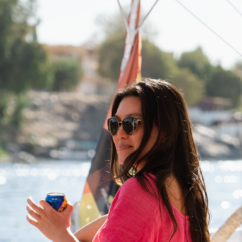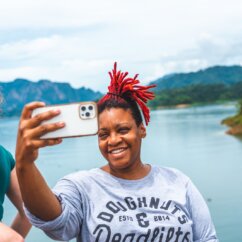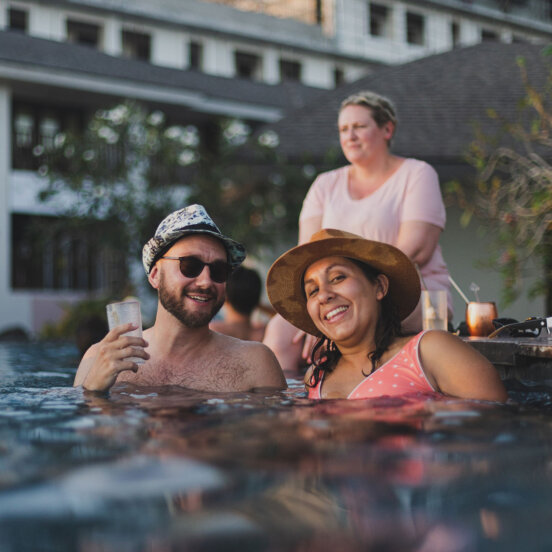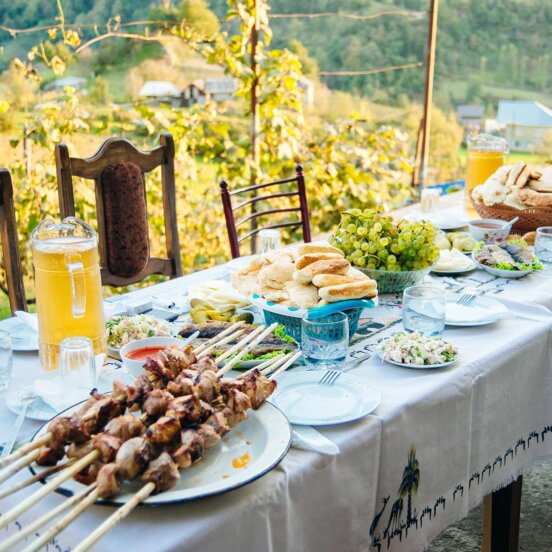The ultimate solo travel guide to Bolivia: Here’s everything you need to know
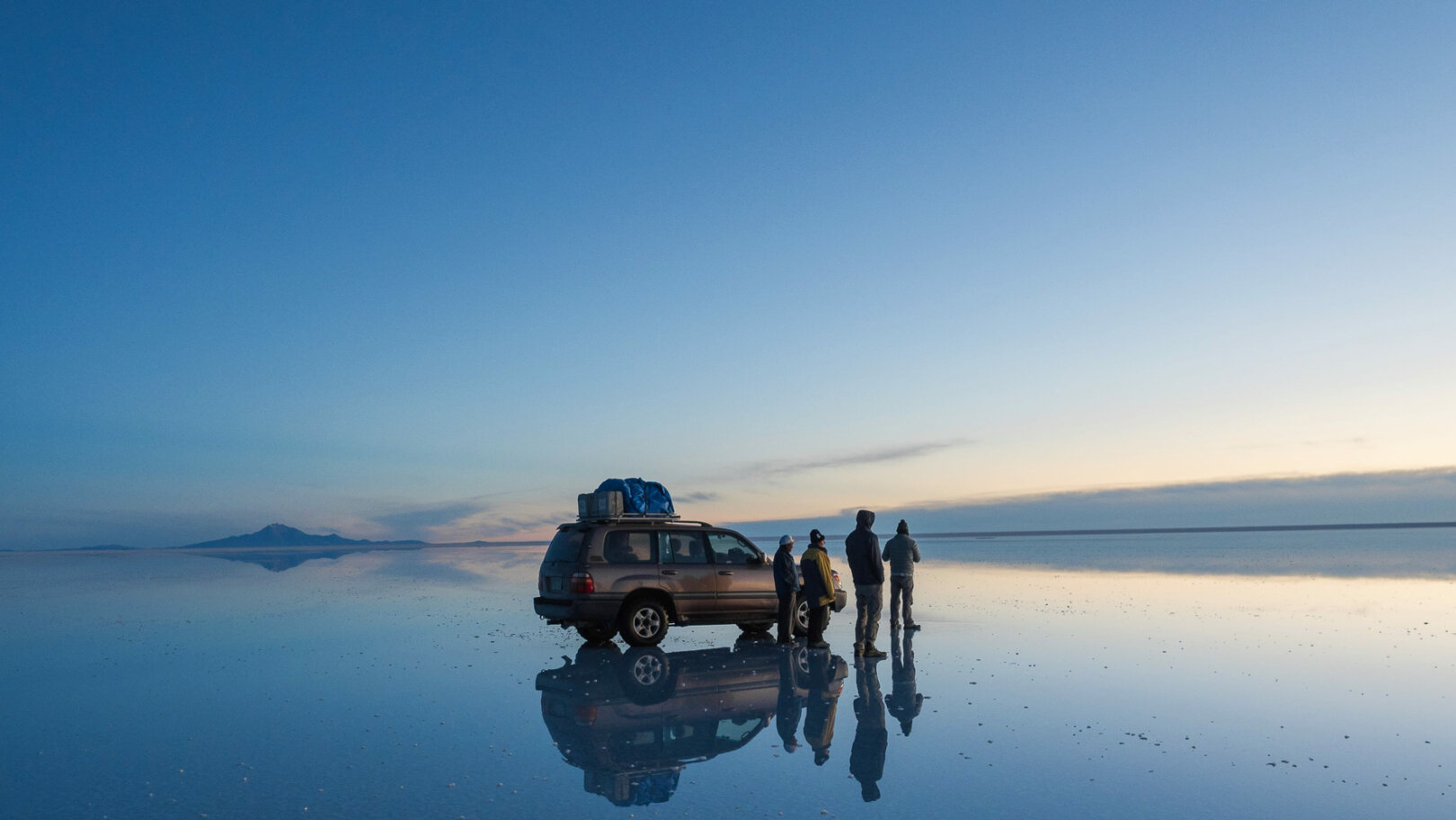
Solo travel in Bolivia is a unique experience, with otherworldly landscapes, indigenous cultures and impressive wildlife spectacles. This landlocked South American country is bordered by five others – Brazil, Peru, Chile Paraguay and Argentina – and is rich in cultural influence, from Andean and Inca tribes to Spanish colonisers, creating an abundance of colourful traditions and communities.
But it’s Bolivia’s dramatic scenery that dominates, from the world’s highest capital city, La Paz, at 3,640m above sea level, to the glassy freshwater ripples of Lake Titicaca, the highest navigable lake in the world, to the dazzling Salar de Uyuni salt flats, the world’s biggest that stretch for over 4,000 square kilometres. Venture to the southern tip and you’ll discover the showstopping Eduardo Avaroa Andean Fauna National Reserve, a vast protected area with striking lagoons, natural hot springs, wild rock formations, simmering volcanic craters and moon-like desert landscapess. Along the red-hued shores of Laguna Colorada, you’ll also be privy to sightings of flamingos, made up of three of the world’s six species.
Beyond the natural beauties, Bolivia offers some of the most magnetic cultural experiences to boot. In La Paz, watch a female wrestling match between Bolivian cholitas (young women). At Lake Titicaca, experience a Pachamama (Mother Nature) ceremony with the local Aymara weavers. And in Uyuni, watch locals harvest the salt from the lakes. If you don’t fancy travelling alone, why not join a group solo travel adventure, where you get the freedom to explore without the hassle of having to organise everything yourself. Here’s everything you need to know about a group solo trip to Bolivia.
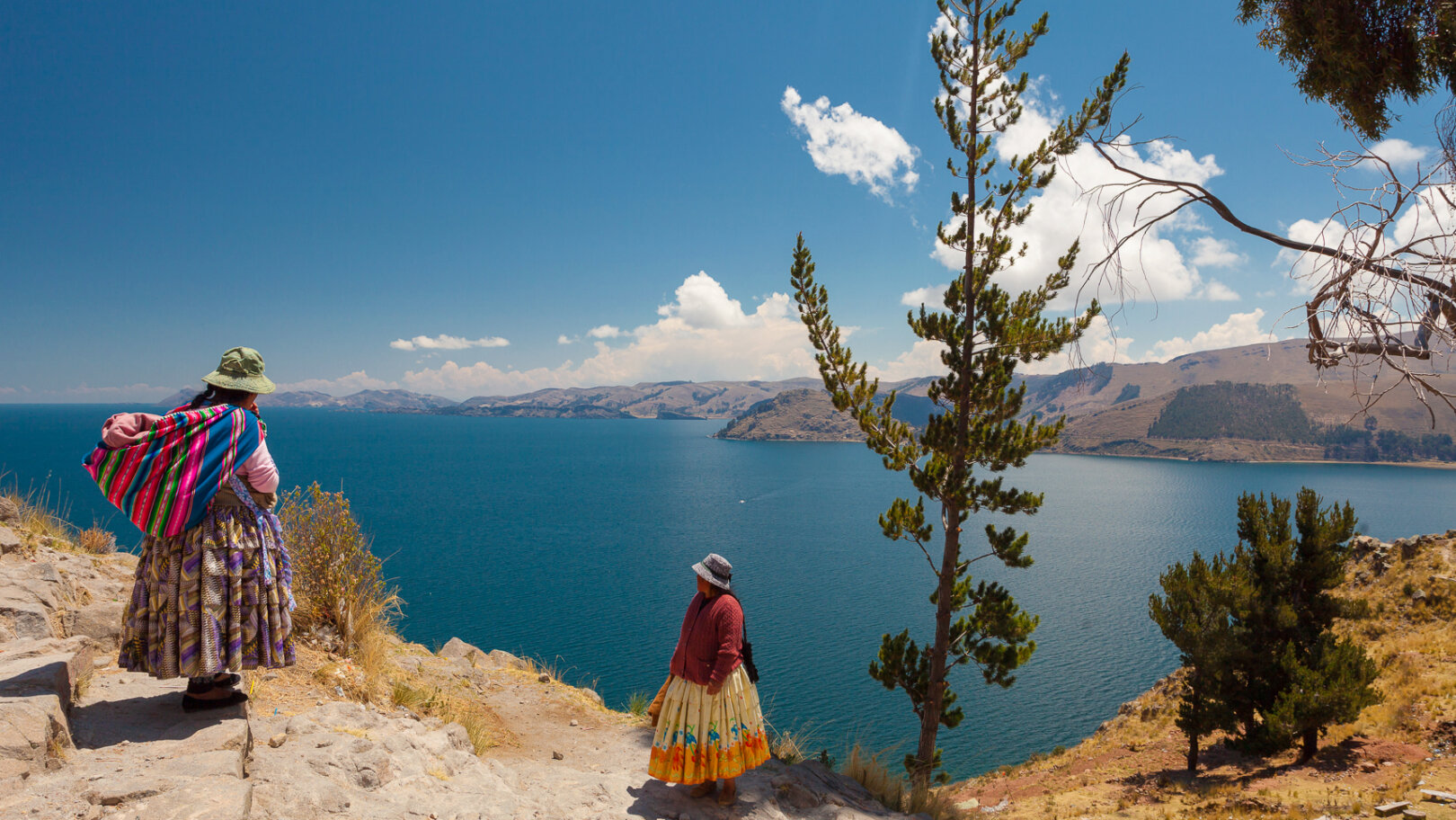
Bolivia travel facts
The fifth largest country in South America, Bolivia is home to the tropical forests of the Amazon, frozen peaks of the Andes and high-altitude deserts and lakes. It’s also home to 38 different indigenous groups, reflecting years of ancient tradition and community, the largest of which are the Aymara and Quechua populations.
You’ll also find seven Unesco World Heritage Sites, including the silver mining city of Potosí at the foot of the Andes, the Spanish-founded city and first capital, Sucre, and the remains of Tiwanaku, the spiritual and political centre of the Tiwanaku culture located near the southern shore of Lake Titicaca.
Is Bolivia good for solo travel?
Bolivia’s diverse landscapes extend from the north of the country to the southern tip, making it a great spot for solo travellers to explore and cover plenty of ground. The ethereal beauty of Lake Titicaca, night-time stargazing from the Bolivian salt flats and the high deserts of Siloli all offer some truly spectacular experiences. But the wild plains, high-altitudes and remote locations can be intimidating for first-time soloists to navigate alone. So it’s worth considering a group solo travel trip to Bolivia with Flash Pack. You’ll cover all the must-sees, along with some unique and one-off local experiences that would be hard to arrange yourself. Find out more about solo travel with Flash Pack.
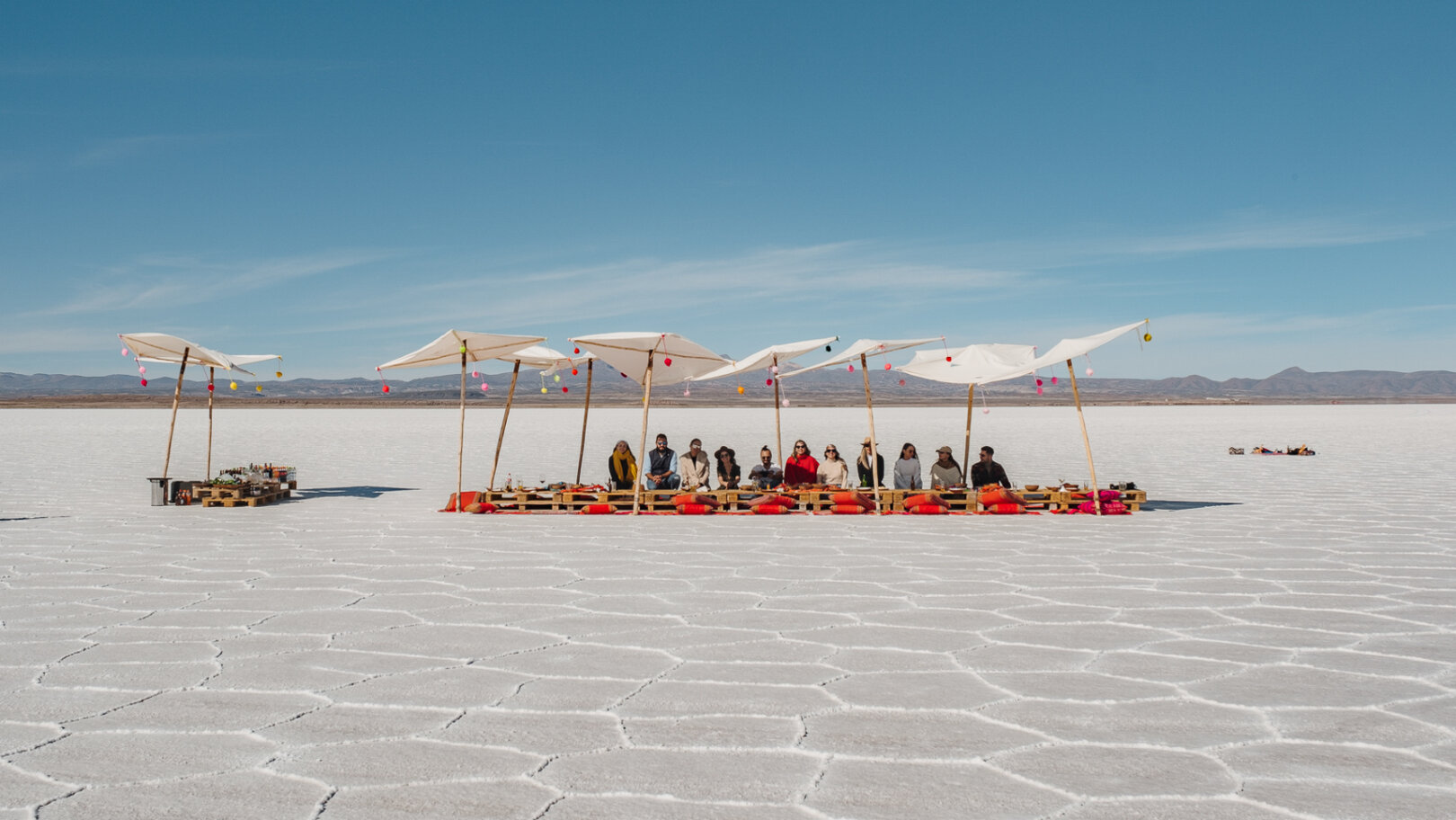
Best places to visit in Bolivia
From the lush Amazon jungle to high deserts and mountain peaks, Bolivia has a wealth of majestic sights worth exploration. So what should you do on a solo trip to Bolivia? Flash Pack’s 10-day Bolivia: sacred lakes & salt flats adventure starts in the sprawling capital, La Paz, nestled in a basin at the foot of the Andes and backdropped by dramatic snowy peaks. From here, you’ll head north through the Highlands to the red-roofed town of Copacabana, perched on the edge of the shimmering Lake Titicaca, where you’ll enjoy a a typical picnic lunch.
South in the desert town of Uyuni, you’ll reach the gateway to Bolivia’s remote Altiplano, a high-altitude plateau with endless horizons, wildlife, and breathtaking sunsets. You’ll also explore the moon-like Salar de Uyuni, marvelling at the vast salt flats and witnessing the harvesting process, before bedding down for a night in a salt hotel for a unique stargazing experience. You’ll also venture into the Uyuni desert wilderness in a 4×4, and travel south to the Reserva Nacional Eduardo Avaroa to catch a glimpse of the stunning Laguna Colorada, where over 30,000 flamingos feed in the plankton-rich, rust-coloured waters.
Where to stay as a solo traveller in Bolivia
So, what are the hotels like in Bolivia? From eco lodges to salt cabins to design hotels, Bolivia has a heady mix of hotspots to recharge the batteries, ready for the next step of the adventure. In La Paz, boutique beauties are built with locally sourced materials – ajo wood from the Amazon, vintage Andean furnishings, local stone – and offer rooftop pools, bars and unparalleled city views. In Salar de Uyuni, cabins built from salt proffer the opportunity for some of the most exhilerating hot tub and stargazing experiences. And, eco lodges around Lake Titicana provide some wistful downtime.
On a group solo holiday to Bolivia with Flash Pack, luxury accommodation is arranged for you. Typically, you’ll share a room with a fellow Flashpacker, thereby swerving the single supplement. But if you want your own private space, that’s fine, too.
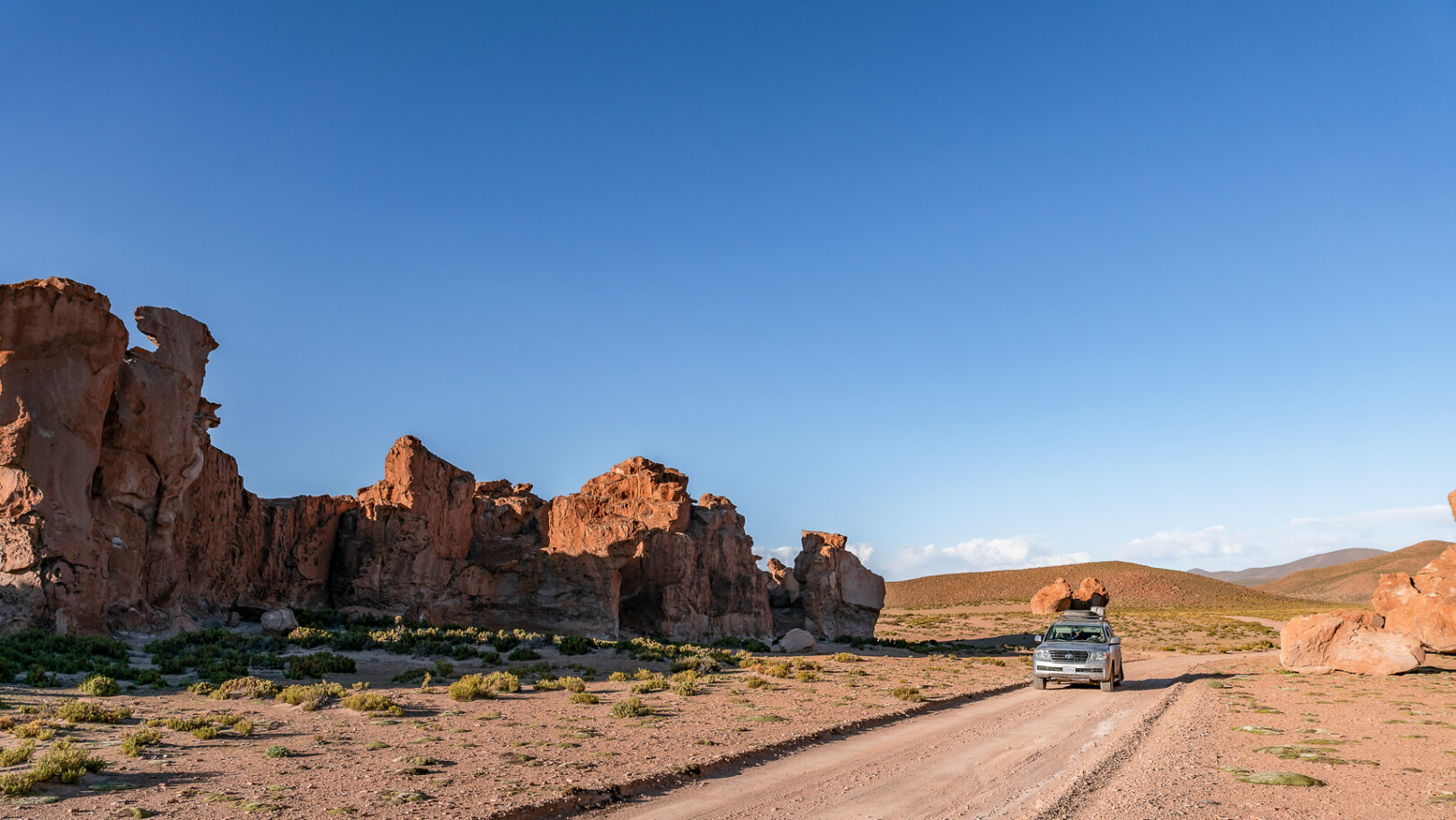
How to get to Bolivia
Most international flights to Bolivia land at either Viru Viru in Santa Cruz or La Paz’s El Alto International Airport. There are no direct flights from the UK and only one from the US, meaning you’ll need to factor in a stop en route. From the UK, the most direct routes include a stopover in either Madrid, Miami or neighbouring South American countries. From the US, you can fly direct from Miami to La Paz. For those in Australia and New Zealand, South America is the ideal hub to then travel onwards via flight or overland. Internally, there are three domestic carriers who operate flights cross-country, shaving hours off the longer overland roads, many of which are in bad condition.
How to get around Bolivia
Bolivia’s infrastructure is fairly basic, meaning that getting around isn’t always super efficient and easy for solo travellers. However, with such diverse and astounding scenery, the journey can still be massively rewarding, whichever way you travel. Domestic flights are relatively inexpensive and serve the majority of towns and landmarks, with Amaszonas, Boliviana de Aviación and EcoJet being the three main carriers. Not only is flying a great way to save time on long arduous overland routes but you’ll also get birds eye views of some of the world’s most magical spectacles, from the sprawling Amazon jungle to the icy peaks of the High Andes.
If you’d prefer not to fly, Bolivia’s bus network is expansive and offers varying options, from more comfortable overnight sleepers to more basic flotas that cover all the key sights. A bus from La Paz to the Uyuni salt flats, for example, takes nine hours, with most people opting for the overnight sleeper option. If you do opt to travel in the daytime, while roads can be in poor condition, the distraction of Bolivia’s epic scenery is worth taking the longer route. For a unique solo adventure, consider joining a group solo trip like Flash Pack’s Bolivia adventure, where all internal travel is arranged for you, leaving you to simply marvel at the astounding scenery.
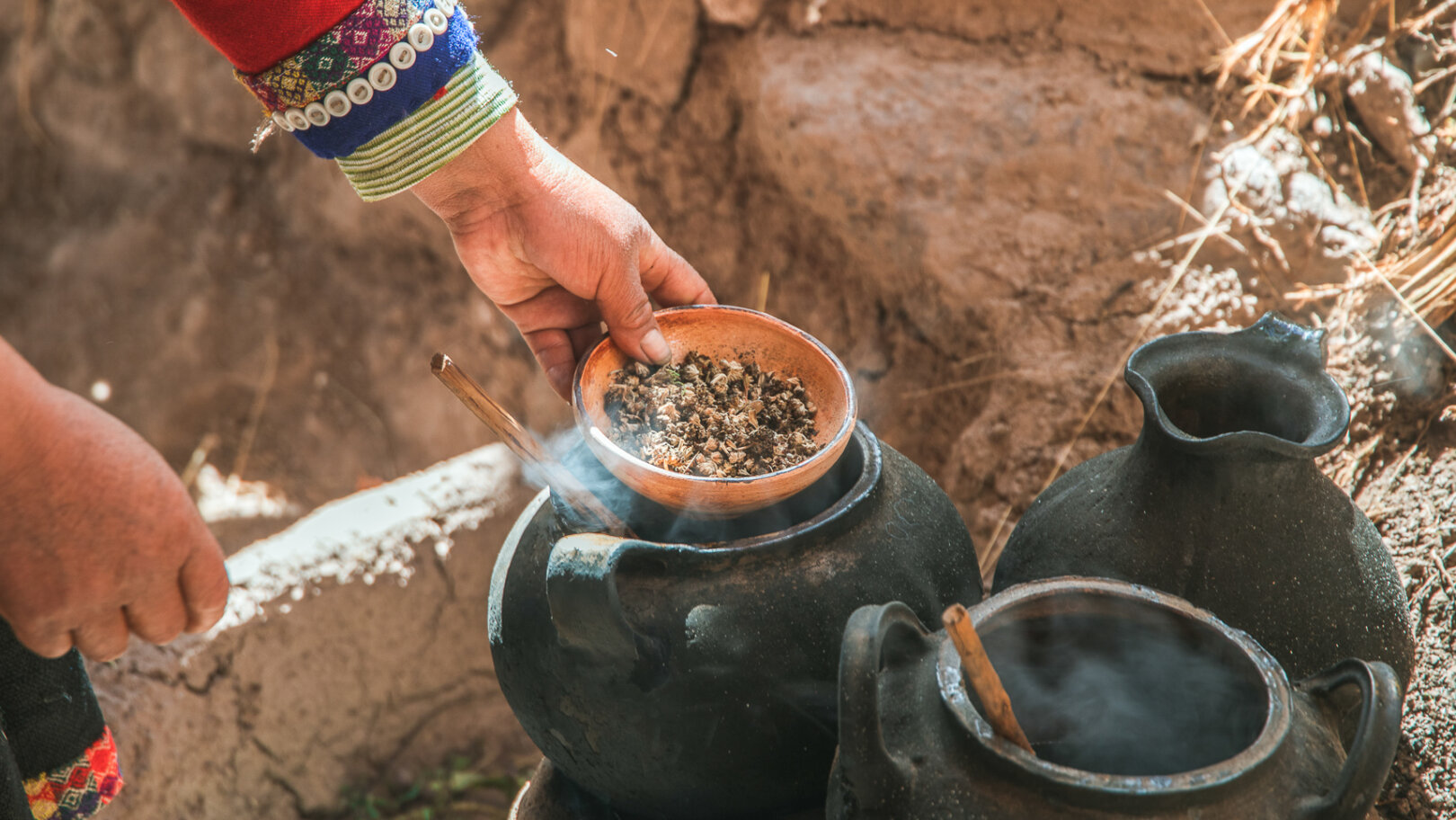
Best time to visit Bolivia
As the largest landlocked country in the Southern Hemisphere, Bolivia experiences a diverse climate, heavily influenced by altitude. While some areas are better than others at certain times, it does have overall pleasing weather conditions that makes it a good year-round destination, too.
Bolivia’s dry winter season runs from May to October. In the Highlands, you can expect temperatures to fall below zero at night, especially in the Altiplano and the high deserts. In the tropical Amazon in the north, temperatures can climb to a humid 29°C but you’ll have clear skies and minimal rainfall, making it a great time for hiking and wildlife-spotting. Around the Eduardo Avaroa Andean Fauna National Reserve in the south, it’s mainly dry through the winter, although temperatures only average around 3°C.
In the summer months from November to April, it’s rainy and humid in the Altiplano and the Amazon basin, and in the Lowlands and central Yungas region northeast of La Paz. The salt flats are best seen between September and November when it’s still dry. August tends to be the busiest month so opt for the shoulder seasons of spring (September to November) if you’d rather escape the crowds.
Bolivia solo travel itineraries
Flash Pack’s 10-day Bolivia: Sacred Lakes & Salt Flats is ideal for solo travellers wanting to explore the country from top to bottom with a like-minded group of travellers. Starting in La Paz, one of the New 7 Wonder Cities, you’ll explore the bustling streets of the world’s highest capital, surrounded by stunning mountainous landscapes.
You’ll venture to the glistening shores of Lake Titicaca, where you’ll be privy to age-old traditions. You’ll also catch a boat to the rugged natural beauty of Isla del Sol, an Incan archiological site, and explore Copacabana, the quaint town that perches on the edge of the vast swathe of water. You’ll have the chance to cheer on the cholitas at an indigenous wrestling match, as they battle in skirts and bowler hats to a chanting crowd. You’ll travel across the Altiplano via the desert town of Uyuni and take a 4×4 across, stopping off at small towns along the way. You’ll star gaze across the salt flats from a unique hotel, and witness rare wildlife in one of the country’s most abundant nature reserves. And, of course, you’ll dine on the finest Quechuan cuisine along the way.
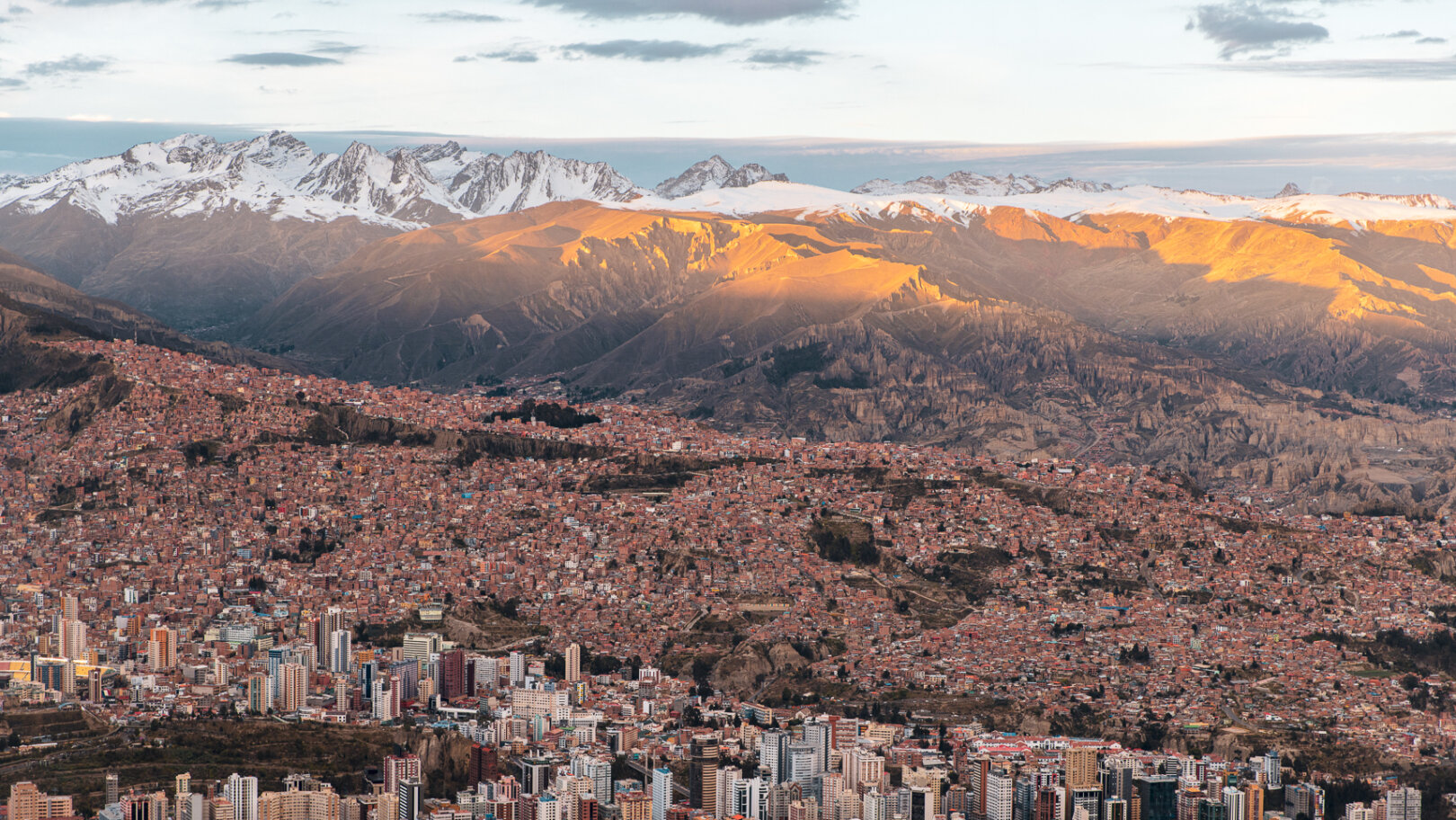
What to pack for solo travel in Bolivia
For Bolivia’s changeable climates, you’ll need to pack breathable layers for the tropical regions, such as Santa Cruz and Rurrenabaque (gateway to the Amazon), warm fleeces or jumpers (also worth packing a hat, scarf and gloves) for when temperatures plummet, especially at night, in the Highlands, and waterproofs for showers during rainy season.
Hot and humid conditions bring mosquitos so pack some spray. The high altitude and clear skies can be damaging for skin so packing a high factor suncream and sunhat is essential. Hiking boots are great for exploring areas like Lake Titcana, the high deserts and salt flats, while a good rain jacket or poncho will protect when the heavens open. Evenings in La Paz are relaxed so jeans and a top will suffice. And a universal adapter for plugs A and C will ensure your phone is charged ready for capturing more of the country’s impressive beauty.
Solo travel advice for Bolivia
While some areas are more liberal than others, cultural etiquette is very important, especially among indigenous people. The Highland areas can be more conventional so respecting local dress codes and traditions is a must. Always refer to local people by their ethic group rather than generic terms.
Religion is important so requesting permission before entering sacred sights, such as churches and other places of worship, is appreciated. While many groups opt for colourful and eye-catching traditional clothing, it’s considered rude to take photos without asking first. And, Bolivians are generous and somewhat old-fashioned in their values, so if you are offered gifts, food or drink by a local, it’s polite to accept, rather than graciously refuse. By joining a group solo trip to Bolivia, you get all the perks of solo travel with the support of other like-minded travellers to share experiences with.
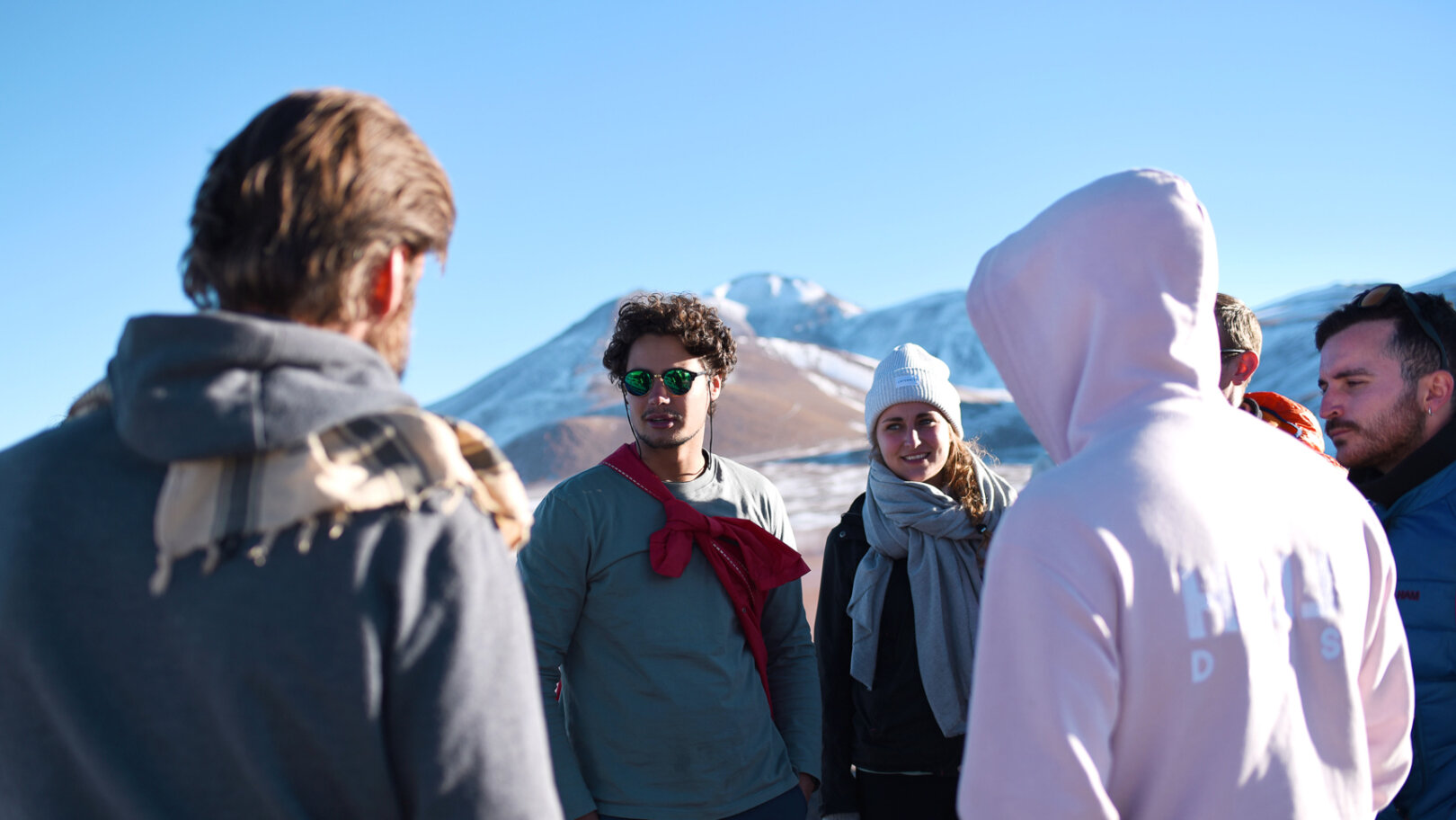
Is it safe to travel solo in Bolivia?
Over a million visitors experience solo travel to Bolivia every year and most trips are trouble-free. However, do check out the Foreign and Commonwealth Office (UK), the Department of State Travel Advisories (US) or your country’s local government guidelines for the latest advice before travelling. Once there, follow local advice and be aware of your surroundings at all times.
In cities like La Paz, keep your personal belongings secure, especially when walking alone at night. Use reputable taxi companies and checking for registered stickers. For extra peace of mind, consider travelling solo as part of a group, ensuring you travel through Bolivia’s highlights with the guidance of a Pack Leader and the a group of like-minded travellers.
Ready for your next adventure? Try group solo travel to Bolivia with Flash Pack – designed exclusively for people in their 30s and 40s, seeking the independence of solo travel within the safety of a group.
Images: Flash Pack, Adobe Stock and Alamy
